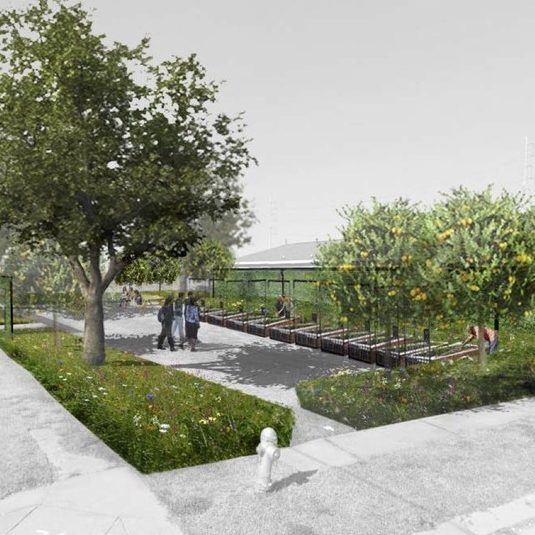Bryan Stevenson articulates that slavery did not end in 1865, it evolved. The US maintains 5% of the world’s population and 25% of its prisoners. The 13th Amendment made an exception to slavery for those “duly convicted of a crime.” US prisons are filled with people of color “duly convicted of a crime” at a rate 5 times higher than whites. More than 80,000 prisoners are subjected to solitary confinement, the practice of indefinitely isolating a prisoner in a 6’x9’ cell. If we consider prisons as solitary confinement within society, then isolation cells are the most concentrated form of our racial bias. The entry of prisons into mainstream consciousness, as with Orange is the New Black shows that the public is finally ready to see prison. The internet, in its ideal sense, provides a cross-cultural window for the world to ask what are relationships of race to online digital space. The SOLITARY GARDENS platform will open a multifaceted window on the PIC and allow anyone to look through it.
The Solitary Gardens are at the intersection of public art and social sculpture. The project will utilize garden beds designed after 6’x9’ solitary cells as a physical platform for collaboration, education, and commiseration between persons subjected to indefinite solitary confinement and volunteers on the “outside”. Critical to the exchange is on the online open-source platform and educational resource that was produced during the Eyebeam residency.
SolitaryGardens.org makes the reality of the prison industrial complex accessible, while also offering tools for its dismantling by way of the prisoners’ imaginations. The Solitary Gardens platform enables the prisoner to affect not only simply a social media revolution, but a genuine environmental and social transformation with direct community impact, agency, and influence. The garden bed is the hardware to the SolitaryGardens.org software.
The Solitary Gardens, are constructed from the byproducts of sugarcane, cotton, tobacco and indigo- the largest chattel slave crops- which we grow on-site, exposing the illusion that slavery was abolished in the United States. The Solitary Gardens utilize the tools of prison abolition, permaculture, contemplative practices, and transformative justice to facilitate exchanges between persons subjected to solitary confinement and volunteer proxies on the “outside.” The beds are “gardened” by prisoners, known as Solitary Gardeners, through written exchanges, growing calendars and design templates. As the garden beds mature, the prison architecture is overpowered by plant life, proving that nature—like hope, love, and imagination—will ultimately triumph over the harm humans impose on ourselves and on the planet.
The Gardens are both a park in the Lower 9th Ward of New Orleans and several host garden sites across the country where volunteer individuals, groups, and nonprofits facilitate their own exchanges with those condemned to isolation in America’s prisons. The Solitary Gardens is a social sculpture and collaborative project that cultivates conversations around alternatives to incarceration by catalyzing compassion. This project directly and metaphorically asks us to imagine a landscape without prisons.
